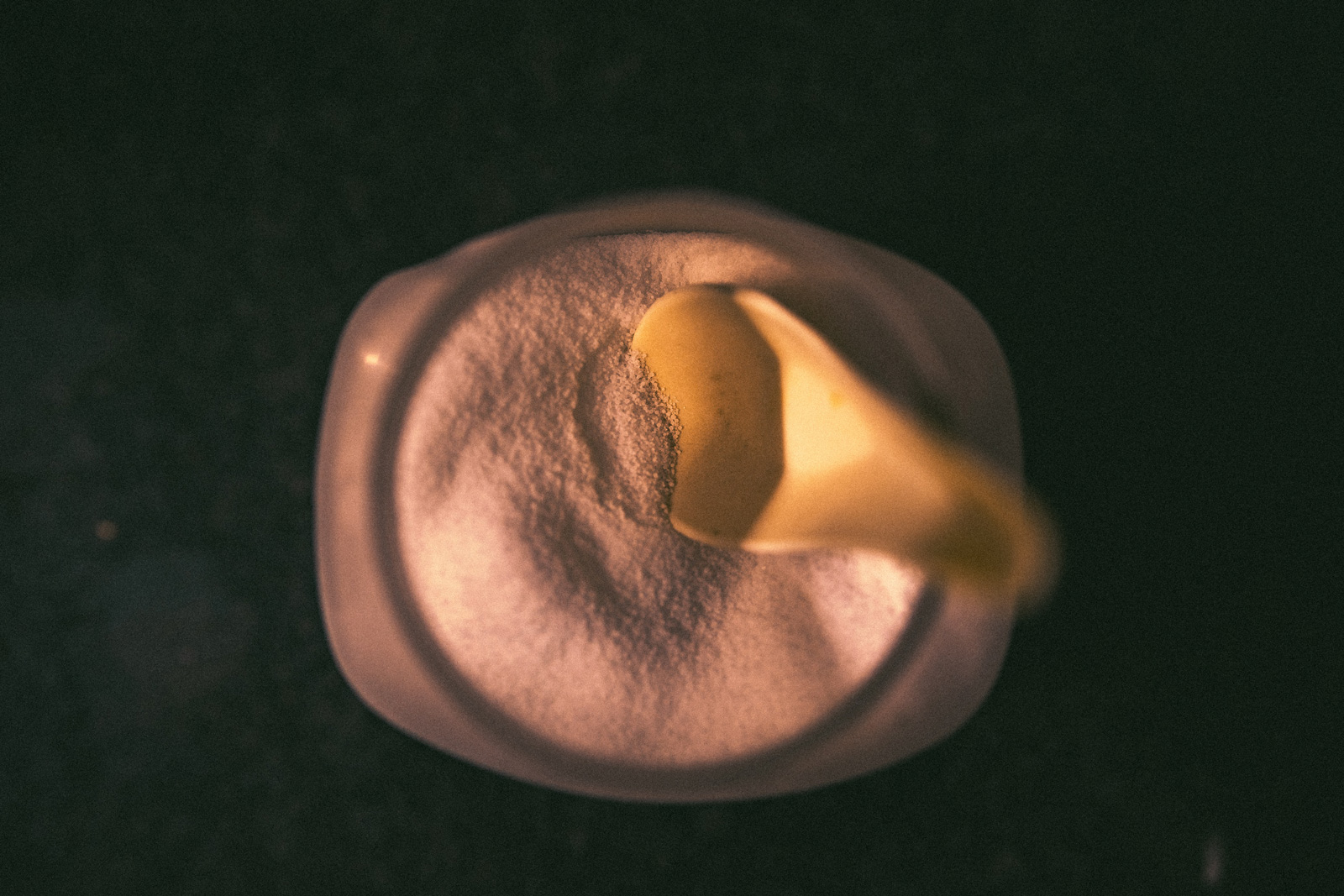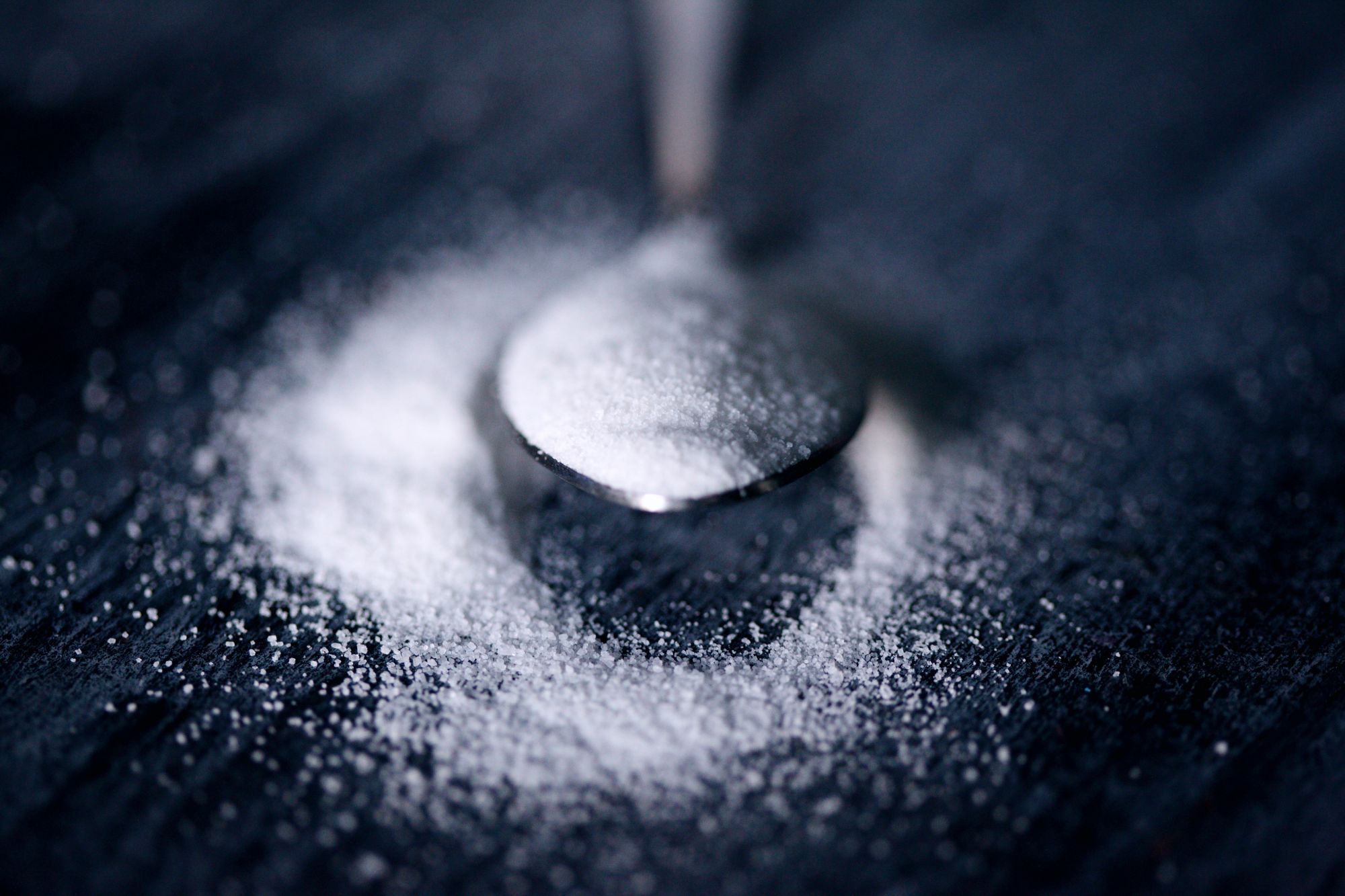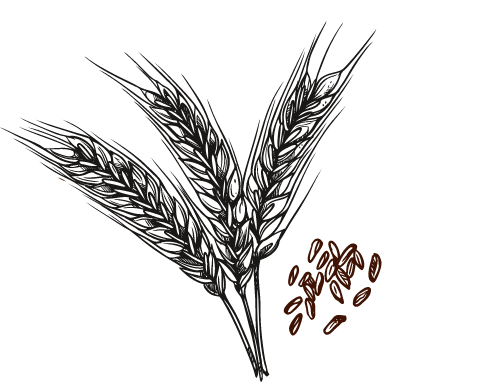
For a long time masked by the demonisation of fat, the harmful effects of sugar are now being pointed out by health professionals. Whether visible or hidden, beware of sweet excesses! Here we focus on the right reflexes to adopt.
What is the difference between sugars ?
There is no one sugar, but there are multiple sugars, and not all of them have the same effects. Flavours aside, to know how to monitor them, you should know how to differentiate them!
- Refined sugars have undergone treatments depleting their nutritional richness. Conversely, so-called natural or raw sugars are unrefined, with little or no processing. This is the case with whole sugar, honey, raw cane sugar, agave syrup, coconut sugar and even fruit compote, as opposed to refined white sugar.
- Hidden sugars are found in theoretically low-sugar or unsweetened foods and are rapidly added to the daily amount consumed. Cereals and certain vegetables naturally contain sugar, but it can also be added, sometimes in large quantities, to certain industrial products: breakfast cereals, ready meals, sandwich bread, etc.
- The old notion of slow sugars, as opposed to fast sugars, has been replaced by that of the glycaemic index or GI of a food, indicating the speed at which it raises the level of blood glucose. The higher the GI, the more likely the food is to cause spikes in blood sugar levels, which can be potentially harmful when they are sudden and repeated. To sum up? Sweet foods with low GIs should ideally be favoured: choose wholemeal rather than white bread, real fruit rather than industrial juice, coconut rather than refined sugar, etc.
How can I gently cut down on sugar ?
Would you like to reduce your sugar intake ? Start by changing one habit, then another when the first one has been acquired. Three weeks are enough to anchor a new reflex!
- Stop using sugar in coffee or tea. If the change is difficult, first replace refined sugar with coconut sugar, gradually reducing the quantity until it has been eliminated.
- Avoid sugary drinks, which are particularly rich in often refined and sometimes hidden sugar. These may be sodas or industrial fruit juices. If necessary, add freshly pressed lemon juice to your water to fool your palate. Or try chia fresca !
- Favour organic food. Organic does not mean sugar-free, but most additives are excluded by the regulations and unrefined sugars are used in the majority of cases.
- Cook from scratch – you will avoid many hidden sugars in prepared dishes and industrial foods. For example, make homemade brioche, sugar-free cookies or fruit spread !
- Prefer whole foods, whose glycaemic index is generally lower than that of white variants: this applies to pasta, bread, rice, and also whole sugar.
- Limit sugar in snacks by making use of dried fruit and oilseeds, in avocado toast or cashew nut truffles. This is great even for those craving sweets, fruit and dark chocolate !
Beware of false promises !
Light often replaces fat with sugar, “sugar-free” equals sweeteners whose side effects are debatable, and “natural” does not mean sugar-free. What’s the right solution to find your way around? Read labels in order to decipher compositions.









